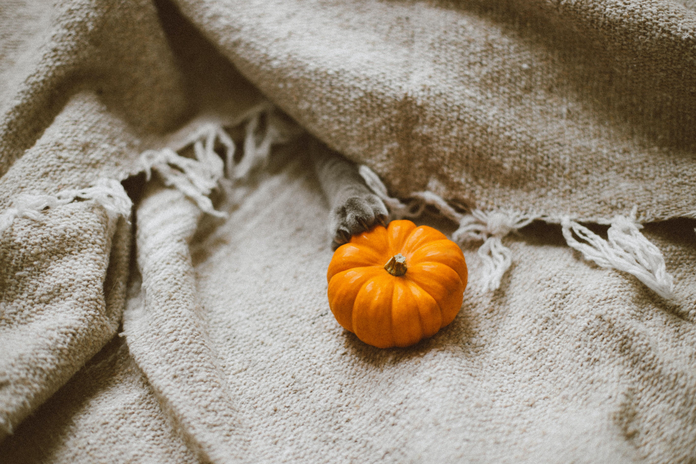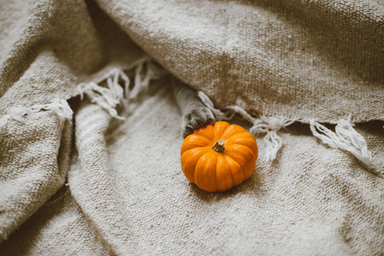Every year thousands of children in America dress up in costumes, pour out of their homes during the night, and knock on strangers’ doors asking for candy, pretty weird when you think about it, right? Halloween has so many traditions and cultural meanings, but often times the beginning of holidays get lost, and people forget what is being celebrated.
Source: Giphy
Over 2000 years ago in Northern Ireland, the Celts celebrated a fall holiday called Samhain. It was the end of the harvest season, and they believed that the wall between the spirit world and our dimension had worn thin by this time. They celebrated dying of the sun god with the oncoming winter with bonfires and food. At night, this allowed ghosts and other creatures to pass onto the side of the living and they could do damage to the crops, pull tricks, and haunt their towns. To befuddle the spirits that might be amongst them, the Celts would paint their faces and wear white. Sometimes they would dress up as the souls of the dead in honor, respect, and to avoid being haunted. Groups of people would go door to door in towns singing songs and reciting poetry, much like we think of modern day caroling at Christmas time, and ask for food in exchange. They would carve turnips and light candles inside of them to help ward off the evil spirits.
The Romans were the first to adjust the Celtic holiday. Samhain became two days in late October. On the first day, Feralia, the dead were honored. The second day was spent in reverence to Pomona, the goddess of fruit with the symbol of an apple. Bobbing for apples as a tradition was introduced here.
Pope Gregory III deemed November 1st to be All Saints Day in the eighth century during the period of time when Christians were overtaking pagan holidays. All Hallow’s Eve is what October 31st became, and was the original name for Halloween. Christian children would dress up in costumes and walk through towns, knocking on doors, asking for cakes and cookies in exchange for a prayer. Soul Cakes were passed back. In Samhain, Soul Cakes were tossed into the bonfire, a sacrifice to the gods, to help render a blissful harvest next year. When the Catholic children ate them as gifts from their neighbors, a soul was said to be saved. This is where the tradition of trick-or-treating emerges from. There were many church services on All Hallows Eve to which the members and children would arrive dressed as angels, demons, or other biblical icons. Over time things shifted, and by the 19th century, children were offering things such as jokes for food instead of prayer and the food given to them changed into money, candies, and fruit.
During colonization, the tradition came to America along with many others. There was not a strong Catholic influence on America until the Irish began to immigrate. The holiday picked up and became widespread after the potato famine in Ireland. Without widespread turnip harvests, they turned to pumpkins for carving. Small autumn celebrations took on the older traditions and adapted to what we know as American Halloween. The 1920s were when the phrase “trick or treat” began rising and Halloween was pushed away from about demons and monsters and to the neighborhood get-togethers, parties, and social events. It has continued to grow and shift along with society into the holiday we celebrate today.


